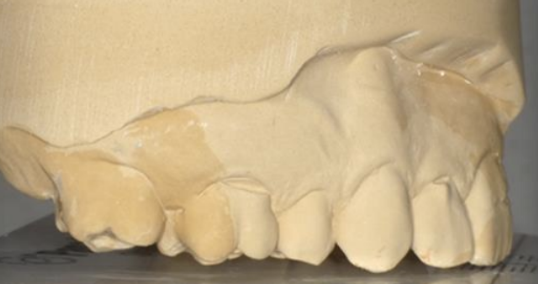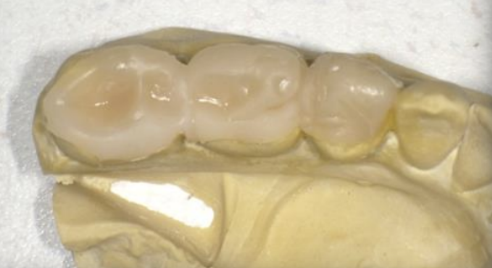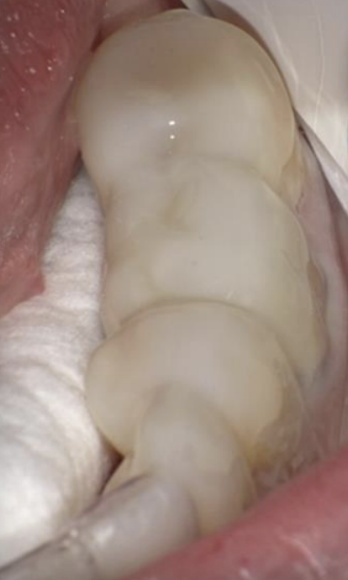By: Jeffrey W. Horowitz, DMD, FAGD, D-ABDSM, D-ASBA
Have you ever run into posterior open bites during your time as a dentist?
Here is a case study on my experience with it.
Posterior Open Bites: Case Study
- 51-year-old white female presents for bite consult, unable to fit back teeth together or chew well.
- Medical history unremarkable other than past TMJ therapy and surgery for hearing loss.
- No medications
- Dento-Facial exam: The patient has no aesthetic concerns
- The patient had orthodontics as a teen with 4 Bicuspid EXT.
- The patient developed TMJ pain/popping as an adult and was successfully treated by the last dentist with a mandibular repositioning splint
- Range of motion good, no pain
- Dental/Perio Exam: negative for pathology
- Soft Tissue Exam: within normal limits

Posterior Open Bites Etiology
- Temporary muscle or joint fluid adaptations from wearing a repositioning splint.
- Temporary from acute joint trauma or intra-capsular edema.
- Temporary following ortho treatment while “settling”.
- Permanent or long-term postural changes from repositioning appliances that improve joint/disk relationship, muscle harmony, or airway function.
- Permanent or long-term functional bite constriction from orthodontics, over-contoured anterior teeth, or under-contoured/reduced posterior teeth.
Diagnosis
Permanent postural change, secondary to improved condyle/disk relationship and improved muscle function.
Initial TMJ/muscle discomfort may have arisen from anterior functional constriction secondary to
extraction/retraction orthodontic mechanics. (Cannot be confirmed)
Facial analysis with Kois Dentofacial analyzer and Panadent articulator showed that the upper posterior right segment and lower posterior left segment were short of a level occlusal plane. Could also use stick bite with less precision.
Treatment
The patient chose additive restorative rather than orthodontic treatment to close the posterior open bite with equal bilateral simultaneous contact that supports the joint and muscle posture.



Summary
The patient was successfully treated with Mandibular Repositioning Splint that improved joint/disk relationship and created muscle harmony despite open bite.
The bite was repeatable and comfortable. No need to alter.
The patient was given the option of fixed orthodontics or conservative additive restorative treatment to close the posterior open bite in her comfortable adapted bite relationship/posture.
The patient chose additive restorative, first performed with direct composite to “work-out” occlusion, then completed case with ceramic onlays and replaced one full-coverage crown.
Upper right and lower left posterior segments restored to level arches.
Up Next: Pitting & Erosive Tooth Lesions – What Does it Mean?


